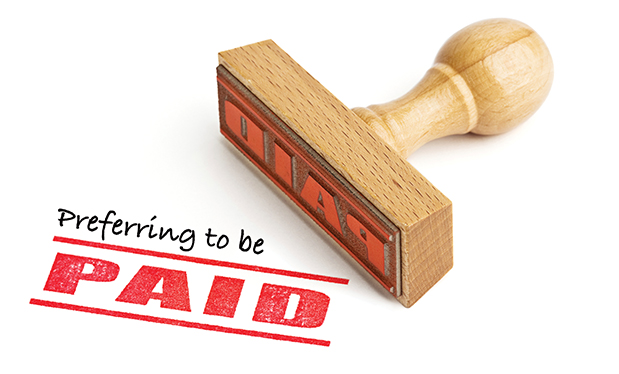There are signs everywhere of an economic recovery in the U.S.: Consumer spending has increased, gasoline prices remain low, the housing market is beginning to rebound and the unemployment rate continues to drop. But there is an anomaly economists are trying to fully understand—U.S. workers have not seen wages increase to correspond with dropping unemployment rates.
As The Wall Street Journal wrote in a June 4 article: "When U.S. unemployment rates fall, conventional notions of supply and demand predict wages go up as firms bid for increasingly scarce workers." But this has not occurred.
The newspaper reports wages and salaries were up 2.6 percent during the first quarter of 2015 compared with 2014 and says: "But even at full employment … annual wage increases of 4 percent or more, common before the recession, would likely be replaced by gains of 3 percent to 3.5 percent."
Possible reasons for this include some employers are unwilling to take risks by paying higher wages for fear of the economy going south again; the hiring of workers for lower wages who had disappeared from unemployment tallies (temporary workers, part-time workers or retirees); and low wages that are being paid overseas.
This issue isn't a new one. Adjusted for inflation, the median household income in 2013 was $51,939 compared with $51,514 in 1988.
There is one bright spot: The Wall Street Journal says there are two industries that have seen wages keep pace with the recovering economy—restaurants and building trades. NRCA knows its contractor members continue to struggle to attract workers to the industry, and many factors come into play when wooing a potential employee. But if you can provide an attractive wage and benefits package, consistent training and a career path, more workers are sure to come your way.
NRCA is working on several initiatives to help contractors attract new employees, including an online career center that will launch this fall and include information about how to recruit and retain workers, sample job descriptions and classroom curricula for roofing work, as well as ways to post available jobs and allow those interested in careers in the roofing industry to find opportunities. As roofing companies continue to try to increase their labor pools, every new tool will help.
Ambika Puniani Bailey is editor of Professional Roofing and NRCA's vice president of communications and production.



